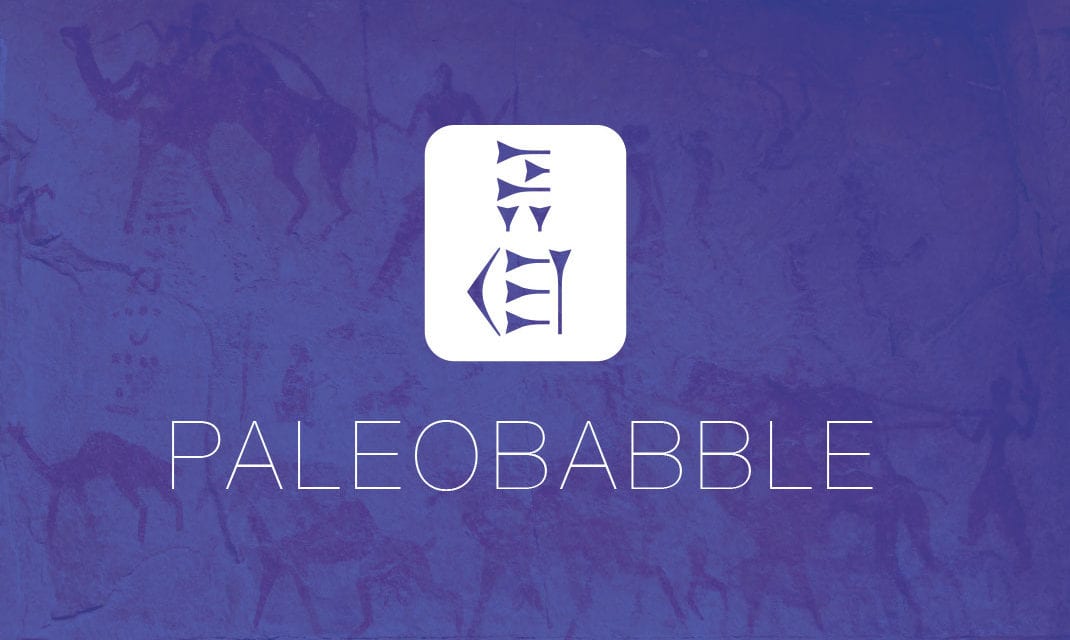Jason Colavito has another telling and humorous review of the latest Ancient Aliens episode from season 7. Jason’s review starts this way:
Tonight’s exceptionally boring episode of Ancient Aliens, S07E07 “Mysteries of the Sphinx,” takes us back in time—to the 1990s, when the Great Sphinx controversy roared thanks to claims by geologist Robert Schoch that he Egyptian monument was 10,000 to 12,000 years old. The claim found little traction outside of fringe history, largely because mainstream scholars believe Schoch is wrong to attribute the erosion of the Sphinx and its enclosure to water rather than to salt exfoliation. But in the world of the fringe historians, Schoch’s academic credentials provided them all the proof they need to make the monument the world’s oldest monolithic statue.
All quite true. Schoch’s work has been challenged on scientific grounds (not just on the basis of irritation). One example illustrates the point:
K. Lal Gauri, John J. Sinai and Jayanta K. Bandyopadhyay, “Geologic weathering and its implications on the age of the sphinx,” Geoarchaeology vol. 10, issue 2 (April 1995): 119-133
The abstract of this scholarly journal article reads as follows:
The Great Sphinx of Giza is considered by Egyptologists to have been excavated by the Pharaoh Kephren nearly 4500 years ago. Schoch and West (1991) have suggested that the Sphinx is much older, based primarily upon the rounded profile of the strata of the Sphinx thorax and the deep channels present in the walls surrounding the Sphinx ditch. These features, according to them, are due to “precipitation-induced weathering” formed when the Sahara still experienced a humid climate at least 7000 years ago. In this article we show how weathering in an arid environment can produce the rounded profile given the gradual change in lithology of the alternating hard and soft limestone strata. We show further that the channels are actually the pre-Pliocene karst features formed by underground water and exposed due to the excavation of the Sphinx ditch. We propose therefore that, for now, the Sphinx may still be regarded as of pharaonic origin.
But Jason’s comments contain an important point in fringe history thinking that is omnipresent but often overlooked: evidence of contemporaneous habitation and high technological culture with an artifact.
What I mean is this. When someone comes forth with an artifact or claim about an artifact (in this case, “People living 10,000 years ago built the Sphinx”), one would expect to find other contemporary evidences that people living in Egypt at that time were technologically advanced. I’m not talking about electricity and hovercraft here. I’m talking about information from elsewhere in the surrounding area (or country) that dates to the same period that shows commensurate building skills (i.e., technology). I’d also be talking about evidence that people living at the time lived in such a way that matches the building capability. Are there homes dating from this period that show evidence of such skill? Tools? Weapons? etc. Sorry, but Egypt of 10,000 years ago lacks the expected context. And that’s where the argument from silence (i.e., ignorance) takes over. “Oh, all that other stuff is lost to time.” Sure. Funny how it isn’t lost to time if we stick with the given chronology.
This sort of data gap is lethal to ancient American hyper-diffusionist nonsense. If that section of PaleoBabble appeals to you, I highly recommend reading archaeologist Stephen Williams book, Fantastic Archaeology. Over and over again Williams takes an object (e.g., some alleged Phoenician inscription from some place in America) and asks simple but telling questions that expose a hoax. Here are two examples: Is there evidence that anyone lived in the area of the object during those centuries when the Phoenicians were flourishing in the Old World? Do the anomalous letters on said inscription (there are always a couple) match any letters in any inscriptions discovered in Phoenicia? In other words, Williams asks the very questions you’d ask if you presumed the artifact was what its “discoverers” say it was — and then their case develops cracks and eventually falls apart.




